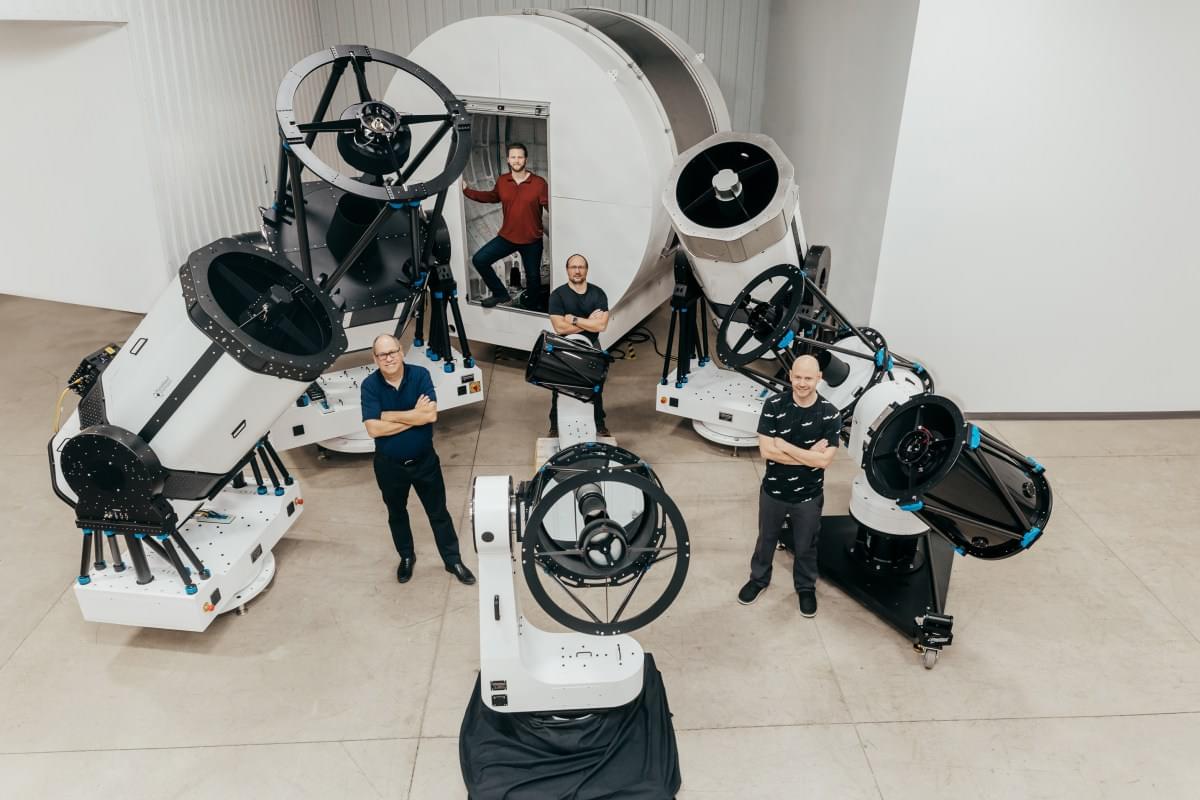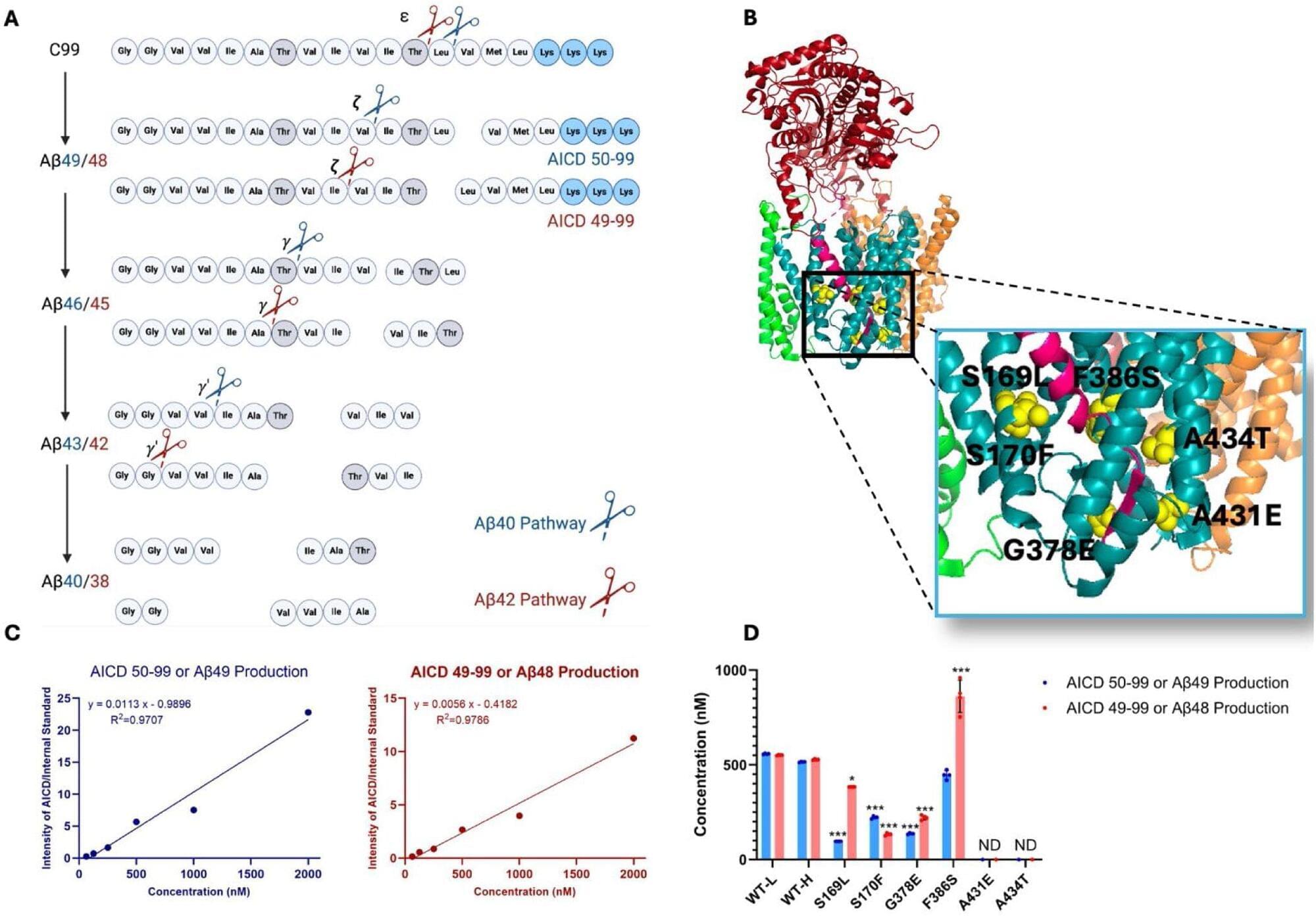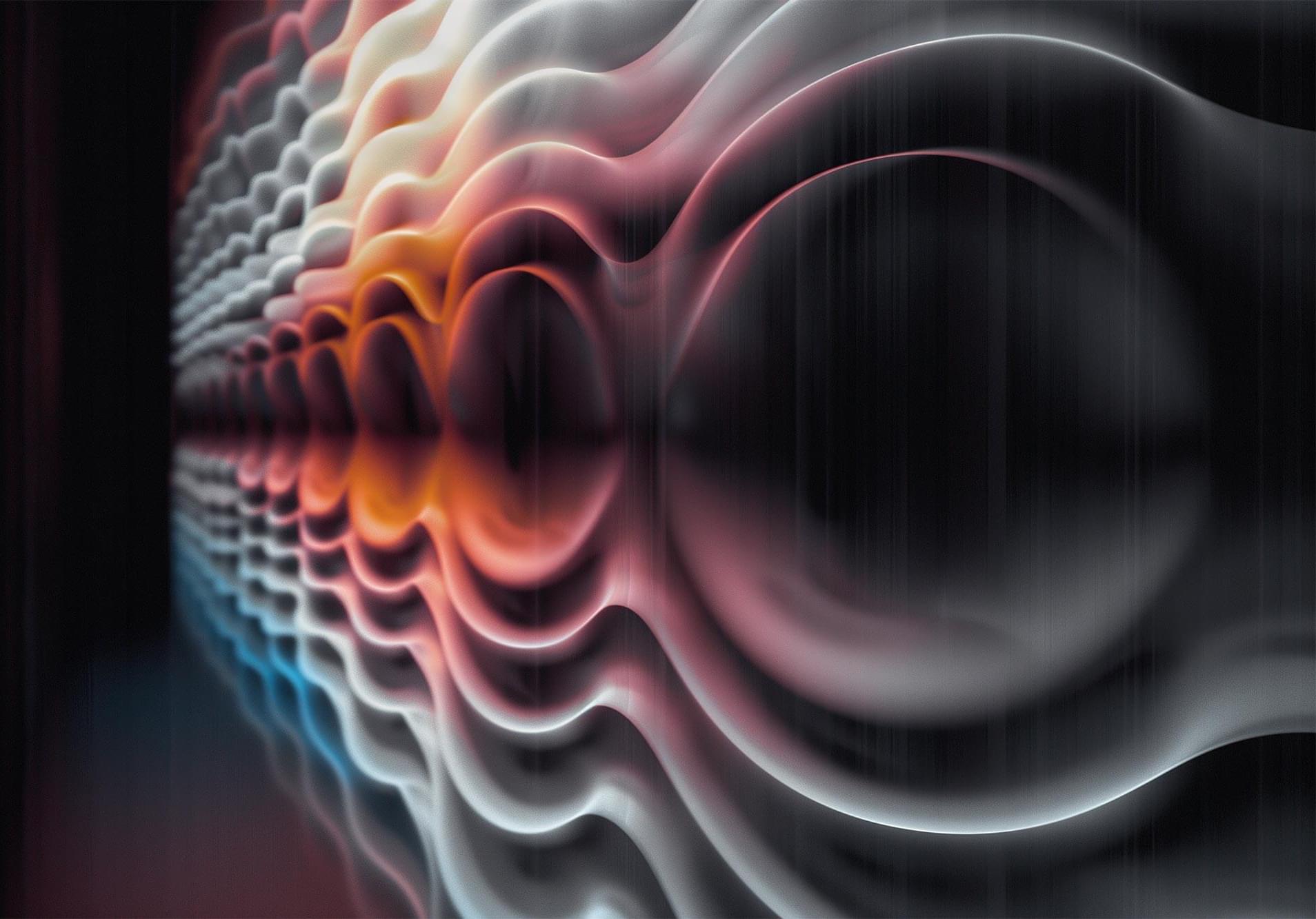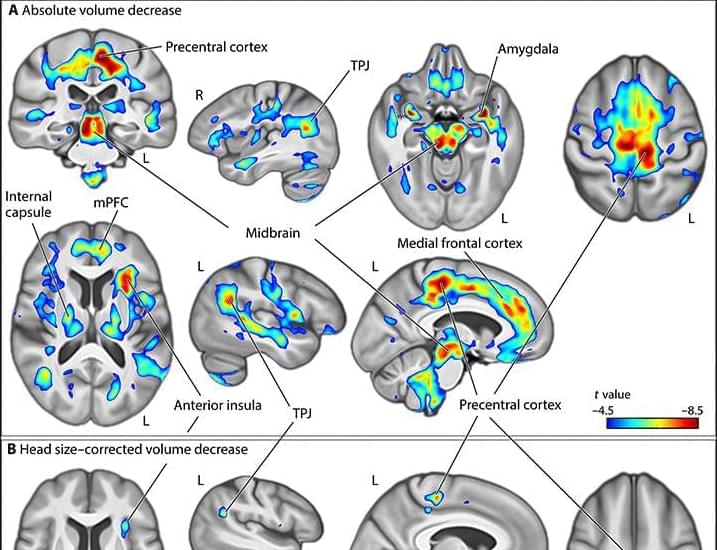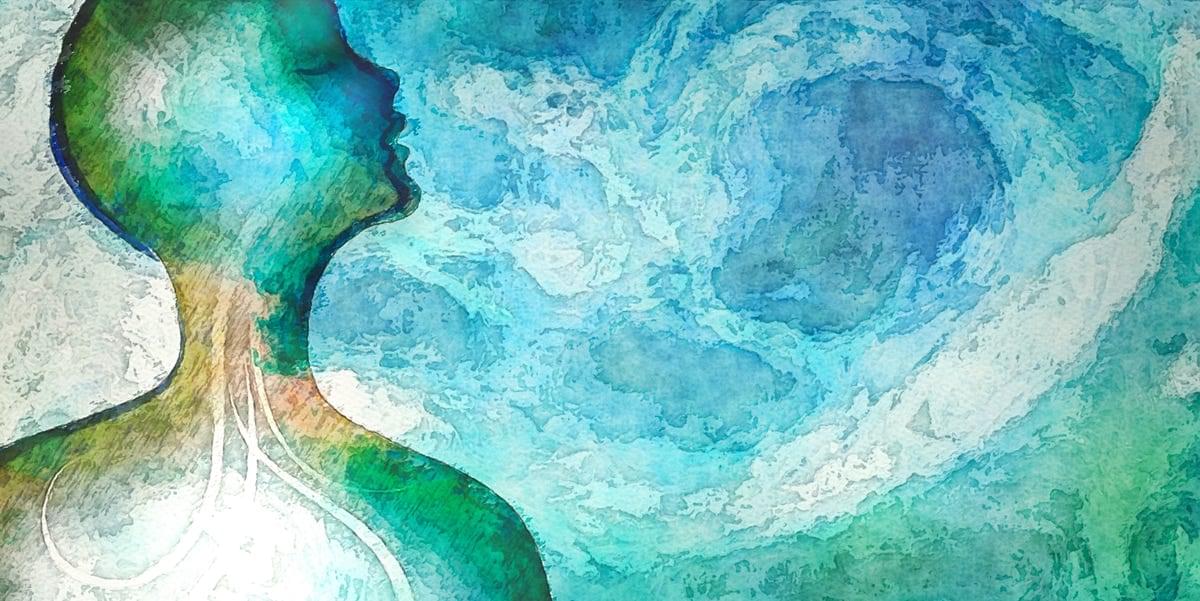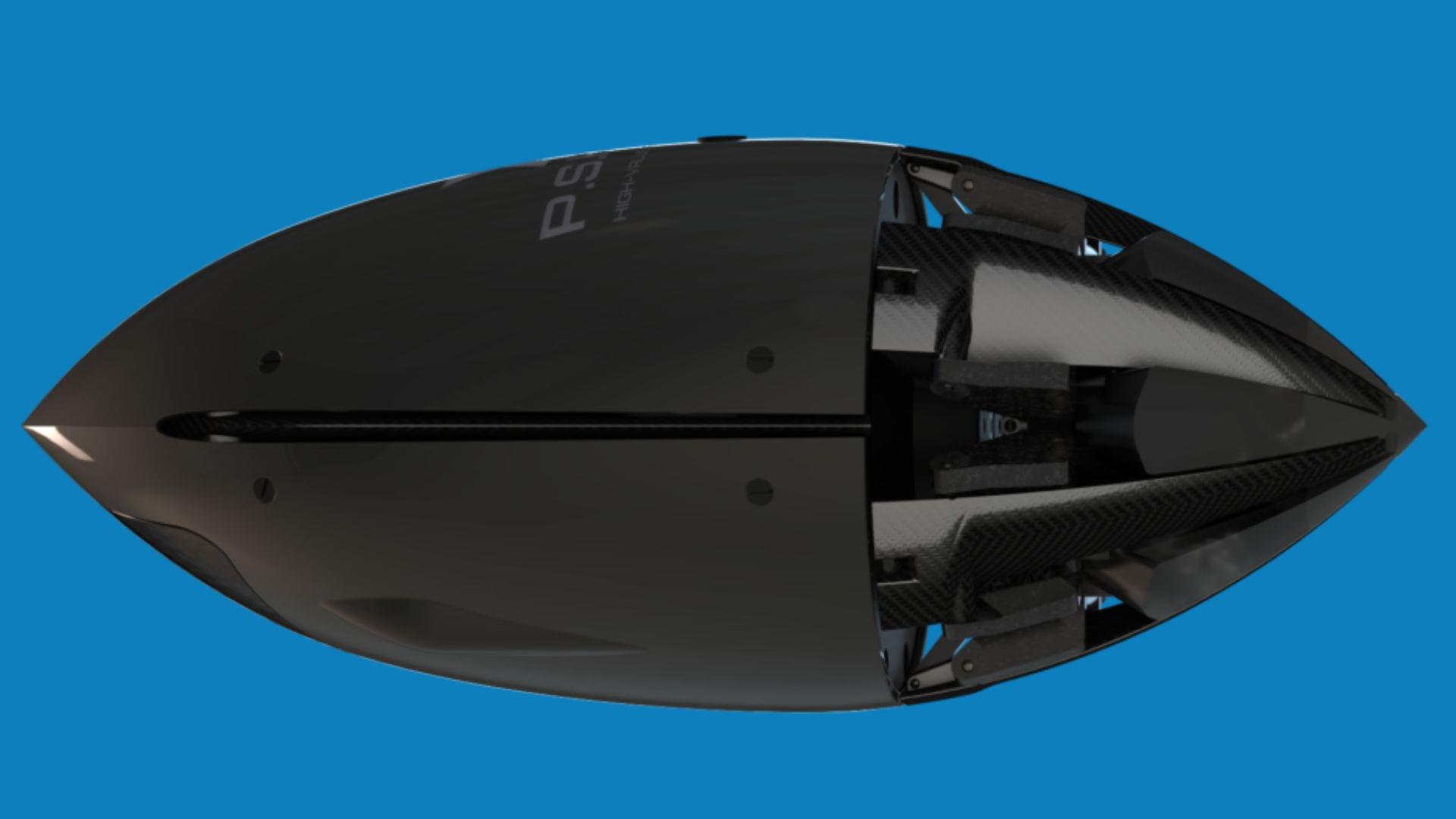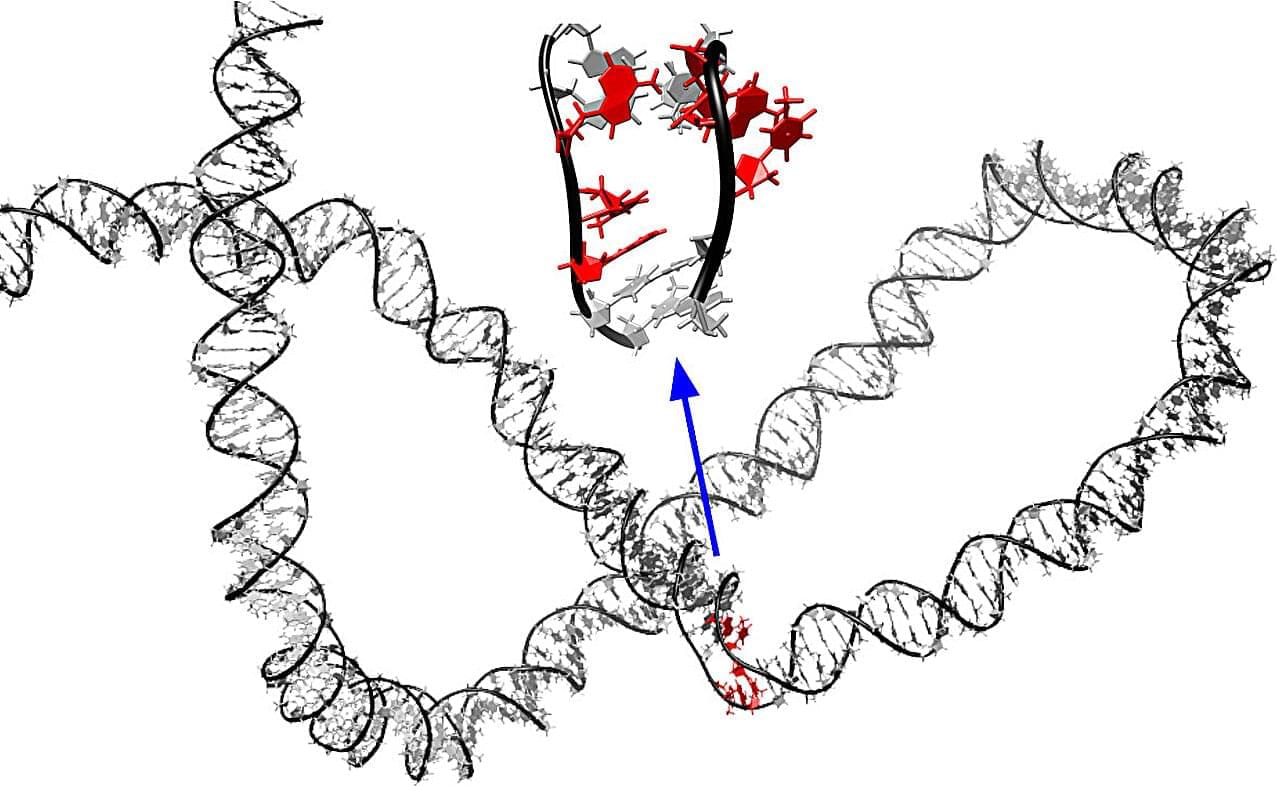DNA (deoxyribonucleic acid), the molecular “blueprint” carrying the genetic instructions that influence the growth, development, reproduction and predispositions of individual humans, can undergo different types of mechanical stress inside cells. For instance, it can be twisted or stretched, impacting its overall structure and dynamics.
Researchers at the University of York recently explored how DNA behaves under torsion and tension using molecular dynamics simulations. These atomic-scale simulations yielded interesting new findings, which were published in a paper in Physical Review Letters.
“I have always been interested in studying how DNA behaves inside the cell,” Dr. Agnes Noy, senior author of the paper, told Phys.org. “We are used to thinking of DNA as a relaxed ‘perfect’ double helix, but the reality is far from that. Inside cells, DNA is under/overtwisted, resulting in the formation of ‘supercoiled’ loops, resembling what can happen to long cords or garden hoses in our homes.”
